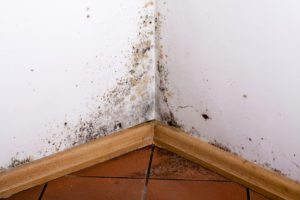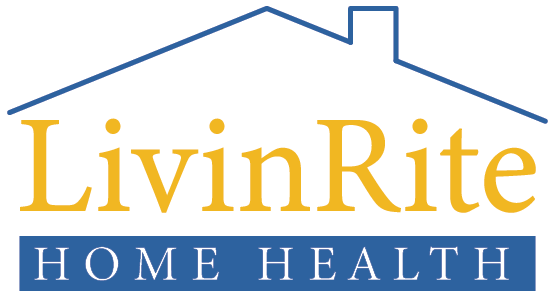What You Need to Know About National Mold Awareness Month

Home Health Care in Prince William County VA: National Mold Awareness Month
Educating the public about mold exposure has been a real concern of the U.S. Environmental Protection Agency. That’s why every September, they spearhead National Mold Awareness Month. The idea is to provide resources for mold exposure and prevention and heighten awareness of the many problems that mold exposure can cause. Elderly people have the highest risk for adverse health effects due to mold exposure.
Symptoms of Mold Exposure in Seniors
So what kinds of negative health effects can mold exposure introduce? While any age group has the potential to be affected, seniors have a harder time resisting exposure effects because of their weakened immune systems. The primary effect is a range of respiratory illnesses such as sinus infections, asthma, respiratory infections and lung diseases. Symptoms include itchy eyes, headaches, coughing, wheezing, nausea and runny nose. The more exposure a person has, the worse the symptoms. Mold exposure is often underdiagnosed because family caregivers and senior care assistants believe the symptoms are from a cold or the flu.
Detecting and Eliminating Mold
Family caregivers need to be especially vigilant in detecting and eliminating mold in the home. When the mold has grown large enough to see, it often appears as greenish, grayish or blackish spotting. It can be found on drywall, wood, under sinks, under carpeting, in attics, and around window sills. Anywhere that moisture can go, so can mold. Wiping down these areas with a mild bleach solution can help eliminate growth once the source of the moisture has been repaired.
How can you stop mold?
Experts say that the best way to stop toxic mold from growing is to reduce or eliminate unwanted moisture. Controlling moisture means identifying and fixing any leaks in pipes, rooftops, and windows. It also means having proper ventilation in damp, small rooms like bathrooms and basements.
Other actions to eliminate mold include using air conditioners and air dehumidifiers during the humid seasons to reduce moisture buildup. Indoor humidity levels should ideally be around 40% if possible, so a dehumidifier can help with that. Turn bathroom fans or open windows after baths and showers and leave the door open for at least 30 minutes. Don’t put carpet in basement rooms and use fans to move the air around in stuffy, small spaces.
The aim of Mold Awareness Month is to emphasize the seriousness of mold exposure, especially to vulnerable populations like seniors. Once family caregivers know that mold exposure can cause serious health effects for their elderly relatives, they can implement key steps to reducing mold growth. When family members and senior care assistants all follow these steps, there’s an excellent chance to keep mold away from the elderly. There’s no better time to start working on eliminating indoor mold in a senior’s home than Mold Awareness Month.
If you or an aging loved-one are considering home health care in Prince William County, VA, please contact the caring staff at LivinRite Home Care.
Call Us Today at (703) 634-9991.
Serving Northern Virginia, The Valley, and Surrounding Communities.
Source:
https://www.servicemasterrestore.com/blog/mold-damage/mold-awareness-month
- Skilled Nursing: Offering Peace of Mind for Seniors Aging in Place - April 8, 2025
- Can Physical Therapy Help Seniors Learn How to Fall Safely? - March 27, 2025
- Senior Home Care Helps Keep Aging Adults Safe in the Kitchen - March 11, 2025
